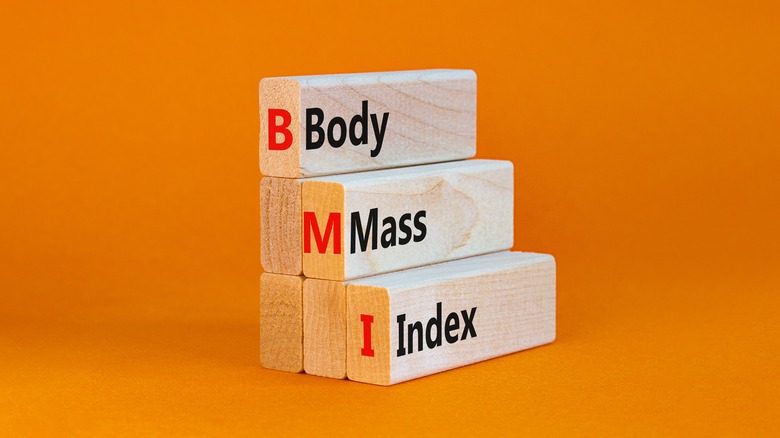Study Shows What Midlife Weight Can Do To You As You Age
We all know that aging is inevitable. It happens whether we're paying attention or not. And, more often than not, we're too busy to actually notice the ways we change as the months and years go by — which is probably why middle age can seem to come out of nowhere. One day you're in the bar with your friends laughing over the latest pop trivia source and the next you're canceling brunch because, honestly, you really just don't want to have to put on pants.
Those sneaky changes don't just affect your social calendar, though. As the Mayo Clinic says, aging affects our bones and muscle density. The Clinic even goes so far as to say that our bones can shrink at the same time they lose their hardiness, making us not only frailer as we age but also — in some cases — shorter.
A 2018 study found that these same age-related changes can affect our body shape in other ways too. The study found that in addition to making us frailer and weaker, losing bone density and muscle mass leads to a slower metabolism and can even increase our insulin resistance. When these factors combine, the result can be a change in our overall body shape.
Another more recent study found that these changes in body shape could have a significant impact on our long-term health. And, according to the study's authors, it comes down to a person's BMI.
A study with limits
Most people who worry about their weight or have been to a mainstream doctor in recent years are probably aware of their BMI. Harvard Health Publishing gives the formula for BMI as "BMI = (weight in pounds x 703) / (height in inches x height in inches)." It's meant as a way to judge someone's size using height and weight. Harvard Health also points out that, while the formula for BMI is about 200 years old, it's only recently that it's been used as a measure of health.
In that trend, a study published in 2022 seemed to find that people with a high BMI and high waist circumference are more frail prior to mid-life than their peers with "normal" BMIs and waist circumferences. The researchers tested frailty using measurements such as grip strength, exhaustion, walking speed, and levels of physical activity.
The study measured BMI and waist circumference in a group of people in 1994 and then again in 2016. The ways their bodies changed led researchers to the conclusion that it is important to maintain a "normal" BMI and waist circumference if people want to avoid frailty in later life.
But, as Cleveland Clinic says, BMI isn't exactly a tried and true metric for health. Factors like race and ethnicity, weight distribution, and muscle mass can affect the relationship between a person's BMI and their actual health. So while the 2022 study may be alarming, more research is needed before the results are truly worrisome.


